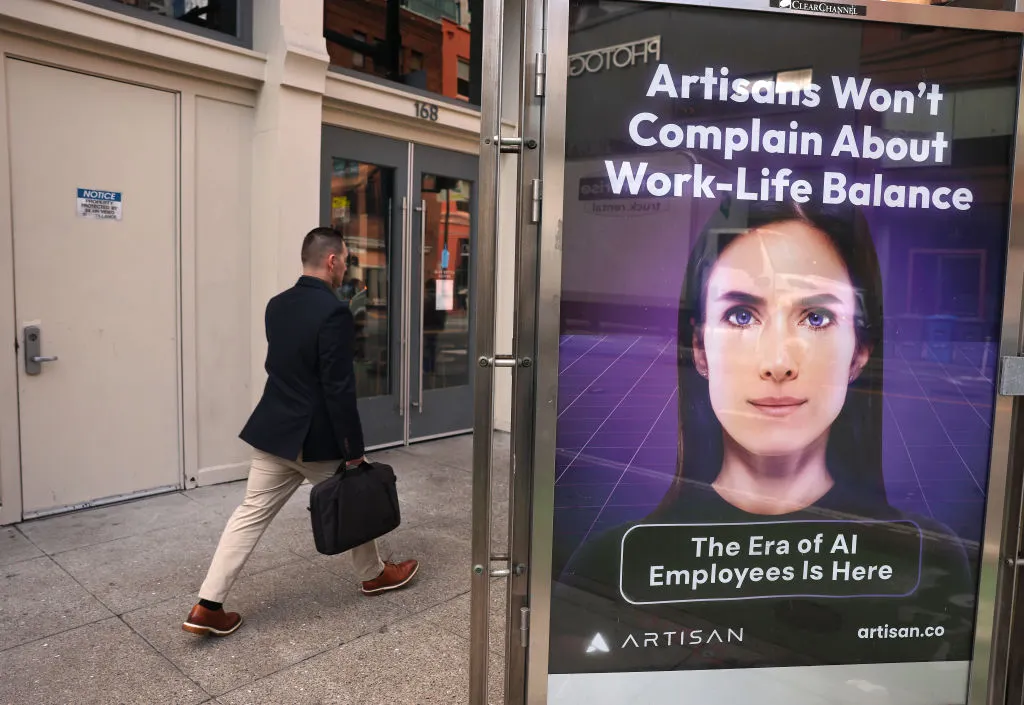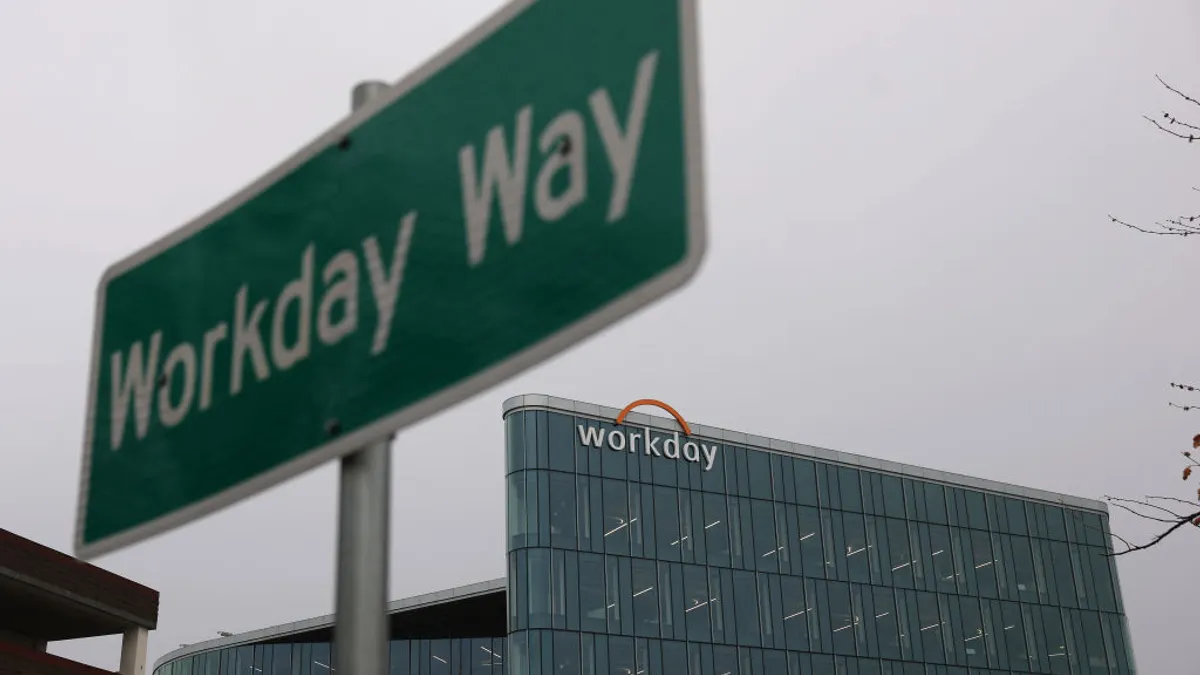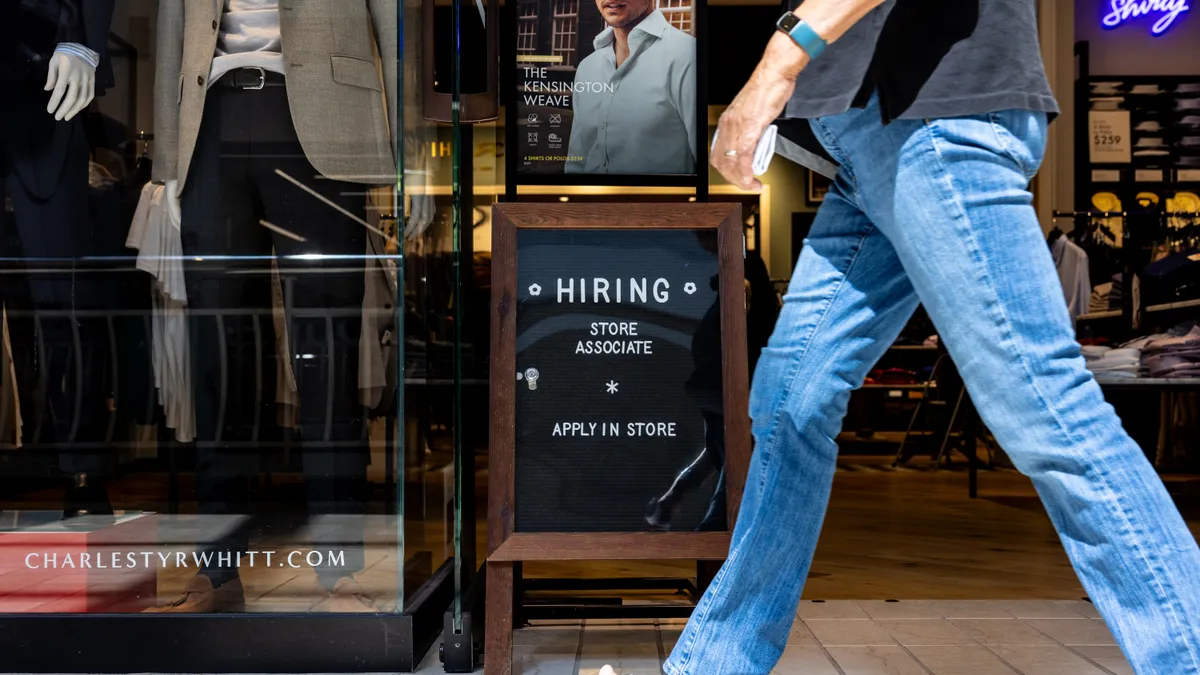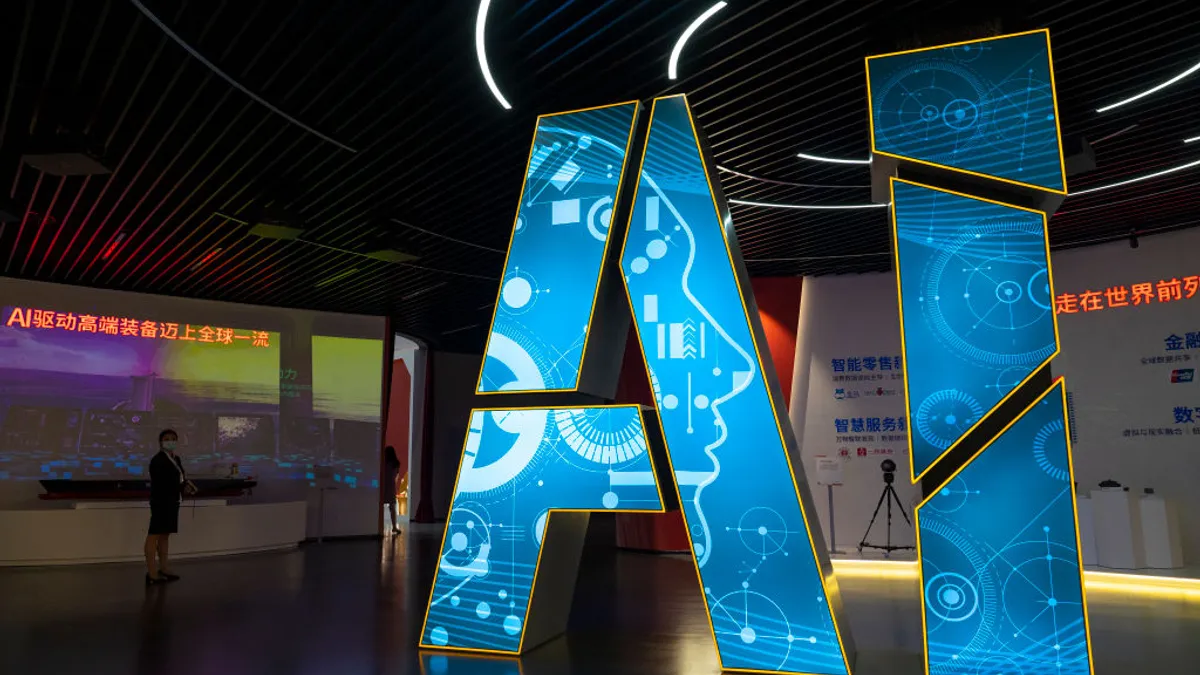The countdown is over, the fireworks have faded and we are now officially halfway through the 2020s. That may seem a difficult fact for HR professionals to grasp given how the decade began amid the disruption caused by COVID-19.
Entering 2024, members of the profession were well-accustomed to change and, while 2025 likely has myriad changes in store, the new year also presents HR departments with an opportunity to home in on something that may have eluded them these last few years — namely, the chance to shape their roles for the long term.
“Most companies we talk to feel like they’re on the other side of putting out the fires of the day,” said Brad Bell, professor in strategic human resources at Cornell University’s School of Industrial and Labor Relations. “That’s allowing companies to lay out a long-range plan about what they want HR to look like in their organizations.”
The field is host to a number of exciting developments, particularly of the technological sort, which in turn create space for HR to grow, according to Jesse Meschuk, principal at compensation consulting firm Exequity and former HR executive at Activision Blizzard. “My message would be [to] stay engaged and take advantage of these new developments to invest in yourself in 2025 and find ways to grow your own skills,” he said.

1. AI’s next act reshapes talent acquisition, productivity
At the forefront of HR’s priorities this year is artificial intelligence. Most companies, by some accounts, took steps to invest in AI in 2024, but the technology is now the “primary focus,” this year, Bell said.
The first wave of adoption saw companies using AI for what Meschuk called “first-tier employee services” — those that involve chatbots for self-service questions related to HR, accounting and similar functions. The next step, he said, is to incorporate AI directly into areas such as talent acquisition, employee engagement, training and sentiment analysis.
In hiring, for example, AI will increasingly affect the way recruiters and applicants alike participate in the job search. “You’re not really going to be doing the search yourself,” Meschuk said. “You’re going to be served job opportunities as a candidate or, as a company, served candidates.”
He pointed to big names like LinkedIn that have launched AI assistants as a sign of this trend. The Microsoft subsidiary announced last October that it had debuted an AI agent, Hiring Assistant, that sources candidates and asks screening questions. Meschuk said he is already seeing applicant tracking systems roll out similar products.
The reality for many organizations, though, is that AI adoption is still in its early stages, according to Megan Smith, head of HR at SAP North America. Smith said HR departments will be charged with creating a strong backbone for implementation in the form of governance models, templates and other tools so that the workplace is prepared.
Employees, she added, will be given more self-service options through conversational AI, while HR departments will use it for tasks ranging from generating interview questions to managing pay cycles. “It’s this precipice of opportunity to empower and multiply the benefits that a lot of these HR practices can have to be more efficient and [have] better value,” Smith said.
At the same time, those who spoke to HR Dive noted the potential risks of overreliance on AI. It’s a useful hiring tool “but it is not the panacea,” said Meschuk. “If you have diversity goals and you’re trying to increase representation and broaden out to different experiences and skill sets, that is still a lens you should be applying regardless of the tools you’re using.”
HR teams should, for example, continue outreach programs for underrepresented candidate groups and communities, he added; “You shouldn’t shut those down just because you have an AI tool to help you.”
Outside of hiring, AI presents risks for workers in their day-to-day tasks — from legal hurdles to public relations problems. “Smart HR teams are going to be educating employees on what’s acceptable and how to use it responsibly,” said Meschuk.
Human decision-making should still be driving AI adoption, Smith said. If department heads are using AI to create their goals for the next quarter, for example, they should still be reviewing what is generated and using it as a starting point, rather than an end-to-end solution, she added.
The prospect that AI will displace workers has persisted even as the tech becomes more mainstream, and HR teams might be affected by that displacement. Bell said one CHRO to whom he recently spoke expected to reduce their organization’s present force of 2,100 HR business partners and generalists to about 1,600 thanks to AI. “That’s a pretty substantial change,” Bell said. “We’re getting lots of requests from companies we work with about upskilling the HR function and HR business partners.”
Then there is the onslaught of vendor AI applications. Bell said CHROs “are just bombarded with these vendors trying to sell them x, y and z,” and this flood of products had made it harder for HR teams to know which tools best fit into their respective strategies. As such, vendor management has become a more central skillset for HR leaders today, Bell said.
To aid in finding the right AI tools, Smith said HR leaders can follow a people-centric approach and speak with their peers who have similar challenges.

2. Skills-based training gets an AI boost
Upskilling and reskilling will be key to organizational success amid the trend toward AI, Becky Cantieri, chief people officer at SurveyMonkey, said in an email to HR Dive.
Leaders should invest in learning programs that equip employees to use AI and strengthen human skills like creativity and emotional intelligence, she added; “As we dive deeper into the AI-driven era, the future of work will be defined by adaptability and continuous learning.”
New hires will increasingly need to be a skill fit for their organizations because of the pace of change, Smith said. She noted that it can be helpful for employers to develop a skills framework that shows which skills are essential to specific roles. “Once that’s created, employees can build their own learning plans very easily,” she said. “That trend will continue to be a really big topic this year.”
Leadership and managerial training also will remain a focus for learning and development programs in 2025, Bell said, especially given the disruption managers have faced since the pandemic. Companies are still catching up on this, he noted, because the pandemic pushed training to the back burner. Virtual learning is also likely to continue given its cost and scale benefits, Bell said.

3. The talent market cools off, goes global
The first half of the 2020s saw a succession of headlines indicative of a great amount of turmoil, both in terms of talent shortages as well as general unease among employees. The pandemic immediately gave way to the great resignation, but once the balance of the market shifted in favor of employers, employees began to crave stability.
Employers should expect to see talent churn continue to settle down in 2025, said Bell, with the possible exception of front-line jobs in fields like manufacturing and retail that are still dealing with the aftershock of talent lost during the pandemic.
Some industries have increasingly sought help from global talent pools — and this trend is likely to continue especially given persistent inflation, said Meschuk. This is especially the case for countries like Vietnam and Mexico, he added, and more and more employers are moving service and support jobs in areas like finance, information technology and HR abroad.
The prospect of a second Trump administration, which appears set on implementing tariffs and conducting deportations, could affect how businesses operate internationally. But going elsewhere to find talent is “sometimes just required,” Meschuk said, particularly for harder-to-find skills in areas such as data engineering, analytics and AI.

4. Employees need help dealing with change, cultural and otherwise
With emergent technologies, economic shifts and a chaotic political landscape, employees are dealing with a lot of volatility at work. Such change is hard on people, and employers should take note, Cantieri said. She cited results from a 2024 SurveyMonkey survey that showed 45% of employees reported an increase in workplace conflicts related to politics and social identities.
HR pros must navigate this tense landscape delicately, Cantieri said. Part of this involves navigating the generational gap that exists between workers, specifically on the subject of workplace political discussion: Generation Z workers are more likely to approve of such discussions, which “may signal the start of a generational shift in workplace culture,” Cantieri said.
Financial shortfalls may drive workplace conflict, too, Meschuk said: Managers face budgetary constraints that are tighter than they have been in years past, putting even further strain on the aforementioned skill shortages teams will face.
Employers may be able to lean on their benefits programs to support employees, Meschuk suggested, adding that employers can explore benefits delivery platforms that automatically recommend certain programs to employees depending on their specific life and career situations — a strategy that increasingly mirrors employees’ online user experiences. For example, employees who have children might be recommended information on 529 savings accounts, while those recently promoted to a leadership position could receive relevant training recommendations.
Diversity, equity and inclusion programs also faced a litany of challenges in 2024, and HR teams are likely to spend significant time determining how to continue DEI work while navigating growing legal risks, Bell said. “We’re seeing a holding pattern [on DEI] again, but also a lot of interest among DEI leaders in terms of coming together, talking to one another and collectively figuring out how to navigate some of these changes,” he added.
Companies are working through how to project strong values while being apolitical, Smith said, a balance that may nonetheless involve responding to specific legislative shifts that affect how they operate, either directly or indirectly.
One example is pay transparency, a growing national movement adopted in more than a dozen jurisdictions nationwide. HR teams have a variety of approaches they can take to ensure both transparency as well as equity, but Smith said HR professionals should lean on their networks to get a better sense of what their peers are doing on these and other hot-button issues.
“Don’t do it alone,” Smith said. “My observation is that, when you get together with other HR leaders, just sharing mutual challenges and what they’re having success with, I think that’s highly valuable.”

5. Despite big names forcing RTO, don’t expect flexibility to disappear
Observers expected a wave of office returns in 2024, and corporate America’s biggest names delivered in that respect. Amazon became perhaps the most notable example; the company’s five-day RTO requirement touched off a wave of backlash from employees, with one poll finding that 73% of surveyed Amazon employees were considering a new job due to the policy.
That backlash is present in the broader workforce, too. For example, an October 2024 Resume Builder report found that 1 in 5 U.S. workers were ignoring their employers’ RTO mandates. It would likely be difficult for employers to end flexibility, Bell said, despite moves from Amazon and others; however, adjustments to existing hybrid work policies — such as slight increases to the number of days employees must spend working on site — may be on the table.
Meschuk provided a different perspective, saying he has seen less openness to flexible work among employers than what might have been anticipated during the pandemic’s peak. In addition to productivity concerns, he said employers may be worried about the struggles experienced by teams that don’t work together in the same space.
Research on the subject shows that while many workers prefer flexible work options, they also understand the importance of in-person work. Employers could seek models that embrace both components. SAP, for example, has a three-day-per-week office requirement that is inclusive of customer events, work travel and other time spent outside of the office for work-related purposes, Smith said — and the employer expects to maintain its hybrid operations in 2025.
“For us, we see a continuation of that,” Smith said. “We believe it’s super important to be connected, but we also believe that people need that flexibility.”





















